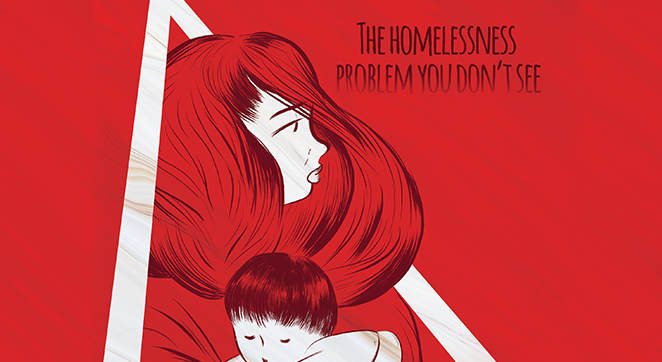The homelessness problem you don’t see
Written by SAFE
When Erin made the courageous decision to leave her abusive partner – the man who controlled her access to money, friends, and family – she had saved enough cash for a week in a hotel. When her funds were gone, she called SAFE.
Your support allows us to operate a family shelter dedicated to helping survivors of violence and abuse, but like many organizations, our shelter has a long waitlist. Fortunately, our SAFEline advocates found a shelter in another town where Erin could stay. She had just enough money for a bus ticket, but the bus would not allow her dog – her best friend and support – to ride with her. Erin had to choose between homelessness and returning to a partner who left her frightened, bruised, and feeling broken. Like so many people who face violence, Erin became homeless.
As Austin works to better address homelessness, the emphasis has been on people who are most visible, primarily men living on downtown streets. But the numbers tell another story:
• 80% of U.S. moms experiencing homelessness had previously experienced domestic violence
• 70% of people experiencing homelessness in Austin/Travis County report that past trauma or abuse caused their current homelessness
Abuse victims tend to be women and children whose homelessness is invisible and often not considered when solutions are explored. One way we’re addressing this oversight is through the Bridge to Safety program. Funded through the City of Austin, the program provides advocacy and financial assistance to secure immediate safety for people who face homelessness. Since Bridge to Safety began in April of 2019, SAFE has served about 500 people – a small fraction of the estimated 2,255 people experiencing homelessness on any given day in Travis County.
The program provided Erin with taxi fare to the shelter outside of Austin, diverted her from the SAFE waitlist, and kept her from having to sleep on the street with her pet. Support from you and our community helps us make sure that women, children, and families are central to the discussions of how to solve the homelessness and housing crisis.